Indoor plant Muraya - breeding rules and care features
Muraya flower belongs to the category of perennial plants. This exotic culture can be grown in an apartment or house. This plant is characterized by the presence of an exotic appearance and good qualities. The flower is characterized by ease of care, which allows it to be fully grown by any person.
Content:
- Description of the plant
- Conditions for growing muraya
- Features of flower reproduction
- Plant transplant
- Diseases and pests of the flower
Description of the plant
Muraya grows naturally in the southeastern regions of Asia and India. Today produced cultivation of this plant in Europe in indoor conditions. This plant looks like a large shrub. The flower is characterized by the presence of dense, shiny leaves that are dark green in color.
The flowers of this plant are white in color, which gives it versatility and elegance. Muraya smells like jasmine... This plant is characterized by the absence of a large number of species. The only flower variety is Paniculata muraya. She was bred specifically for growing at home.
The height of this plant can be from 1.5 to 2 meters.
It has small white flowers. Their average diameter is two centimeters. Muraya is characterized by a branched stem. When this plant grows up, the stem is lignified. Muraya is really original flower, with which you can decorate a room for various purposes.
Conditions for growing muraya
Growing this plant is a fairly simple procedure, which consists in creating optimal conditions for its growth.
The flower needs:
- Optimum temperature
- Normal humidity level
- Watering
- High-quality lighting
Muraya is a rather thermophilic plant, so it must be placed in warm rooms. This plant does not like exposure to direct sunlight, so it must be limited from their exposure. Otherwise, the leaves of the flower will begin to fade.
This plant needs to provide a place with light, which will be characterized by absent-mindedness, softness and abundance at the same time. That is why it is necessary to arrange pots with muraya on the east and west windows.
In winter, the temperature in the room for growing this plant should be 16-18 degrees.
In summer, the temperature of muraya growing can increase. It is strictly forbidden to allow temperatures below +12 degrees. A decrease in temperature initially negatively affects the leaves of the flower. If the temperature in the room is not increased as soon as possible, this will negatively affect the growth of muraya.
Watering flower:
- During watering, the owner of the flower should not forget that it has an exotic origin.
- In the autumn and winter period, this plant must be provided with a moderate watering, and in the spring and summer - plentiful.
- During soil moistening, it is imperative to monitor its condition.
- When watering this plant, it is strictly forbidden to allow stagnant water.
- This plant is very demanding on the level of soil moisture. To ensure it, it is necessary to regularly spray the plant. For this purpose, water at room temperature is used.
- If the muraya is in a room with dry air, then it would be best to put a container of water near it.
- In summer, for irrigation of a flower, it is best to use a short-term, fine-sprayed rain.
To ensure the full growth and development of the flower, it is necessary to make timely fertilizers... This is best done in winter. Fertilization should be done twice a month. When applying fertilizers, organic and mineral substances.
Muraya care is quite simple, which allows even inexperienced growers to fully produce it.
Features of flower reproduction
Reproduction a given plant can be produced in two ways - bones or cuttings.
Propagation by bones:
- It is necessary to use large ripe the seeds.
- For planting seeds, you can use an ordinary flower pot.
- Drainage is placed at the bottom of the pot, and then it is covered with fertile soil.
- After disembarking seed it is necessary to produce them regularly watering.
- On average, the seeds of this plant emerge within 2-3 weeks.
- In order to speed up the germination process, it is necessary to use a film that covers the pot.
Planting the seeds of this plant must be done immediately after they are harvested. This is due to the fact that after a certain period of time, the germination of muraya seeds is lost. While growing a plant, he needs to provide a temperature within 22-25 degrees.
An easier way to propagate a flower is by cuttings.
It is only used if the mother plant was planted at least a year ago.
Propagation using cuttings:
- To reproduce this flower, it is necessary to cut the root from the mother plant. For this purpose, ordinary scissors are used.
- Immediately after cutting, the petiole is placed in water. It must stay there until roots appear on it.
- After that, the spine must transplant in a special pot.
- For planting muraya, it is necessary to use loose soil. To do this, you need to mix ordinary black soil with sand.
- In order for the plant to take root well, it is covered with a jar.
- To ensure a good survival of this plant, the cuttings process must be carried out in the autumn.
Reproduction of muraya is very simple. To do this, you just need to take high-quality raw materials and provide it with optimal conditions for growth.
Plant transplant
Planning the care of a given plant cannot be done without transplanting. With the help of this measure, you can ensure not only the correct formation of the bush, but also lush flowering. A flower is transplanted as it grows. For this purpose, a container is used slightly larger than the previous pots.
This plant is transplanted as carefully and carefully as possible.
Transplanting this plant into a new pot is carried out along with the old soil. If you took a larger container, then drainage must be poured at the bottom. In order for the earth with a flower to come out of the pot, you must first moisten it. If it is not possible to remove this plant together with the earthy clod, then it is necessary to use a special spatula.
If the flower is a young plant, then it is transplanted every year. More mature flowers are transplanted more rarely. At the same time, the top layer of the soil is changed every year. Spring is a good time for this procedure. After planting the plant in a new pot, it must be watered.In order for the houseplant Muraya to receive as little stress as possible from the transplant, it must provide optimal conditions.
For transplantation, a special soil is used in which succulent plants are grown.
In order to avoid stagnation of water in the ground, it is imperative to place a drainage layer at the bottom of the pot. Transfer Murayi is simple and quick. In this case, it is imperative to follow all of its rules. This will save the muraya from stress.
Diseases and pests of the flower
Many growers grow muraya not only because of its attractiveness, but also because of its ease of care. This plant is characterized by a high level of resistance to diseases... Also, this flower is extremely rarely exposed to pests... This is observed only in the case of a weakening of the flower.
That is why, when growing this plant, it is necessary to observe its leaves as closely as possible.
Diseases and pests:
- If you saw that the leaves of the muraya began to fall off, then this indicates insufficient lighting. In this case, you need to add light to the room. If there is not enough natural light, then a fluorescent lamp can be used for additional. This plant will also tell about the lack of heat by the state of its leaves. At low temperatures, the foliage of the muraya turns yellow and begins to wilt. In this case, it is necessary not only to increase the temperature in the room, but also to remove this plant from the draft.
- This plant is most often damaged by such pestslike scale insects and spider mites. The shield cannot tolerate frequent spraying, therefore, with proper care for the muraya, it should not be. If this pest nevertheless appeared, then it is necessary to immediately fight it. Affected flowers must be kept away from other plants.
The place where the muraya was kept must be carefully processed. For this purpose, soap solution is most often used. The scabbard itself must be removed from the plant. For this purpose, a cotton swab is used, which is moistened in an insecticidal solution. Instead of this solution, in some cases kerosene or alcohol can be used. It is necessary to deal with the shield as carefully as possible. When using kerosene or alcohol, the leaves are wiped very quickly. Otherwise, they can be burned.
After processing leaves must be completely treated with a solution. For this purpose, you can use soap or tobacco, on the basis of which the solution is made. After two days, the flower must be washed. For this purpose, warm water is used. When a spider mite is found on a muraya, it is isolated. Otherwise, it can damage other plants as well. To combat this pest, you must use special insecticides.
Treatment of a plant in the presence of this pest is carried out several times.
This is because only 80 percent of the pests can be eliminated the first time. If there are no subsequent treatments, then the spider mite will begin to multiply very quickly. On average, you need to make three treatments with an interval of 5 days.
Muraya is a very beautiful plant characterized by ease of care and resistance to diseases and pests. This plant needs transplanting, watering, lighting, spraying. Even an inexperienced florist can easily perform these procedures.
More information can be found in the video.






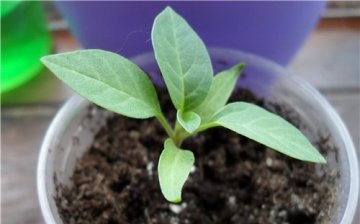
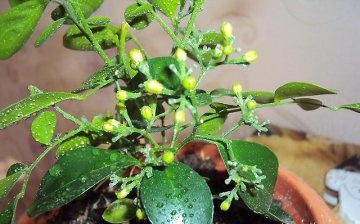







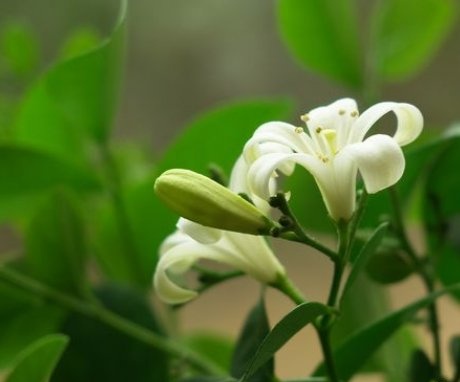
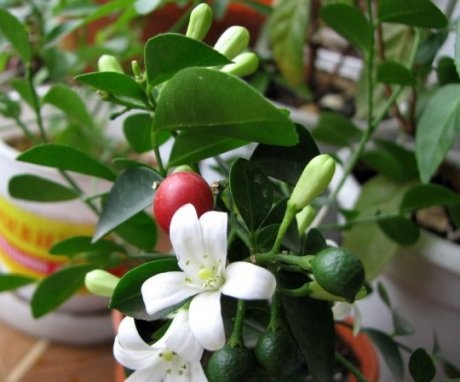
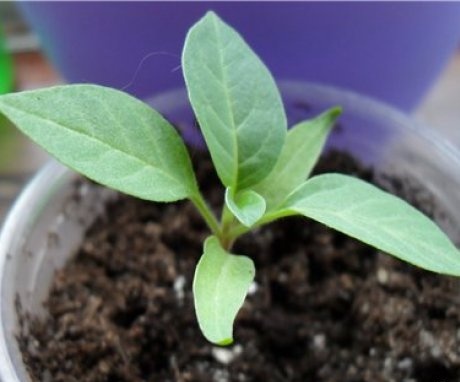
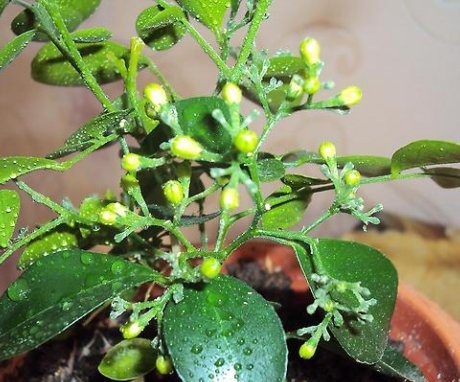
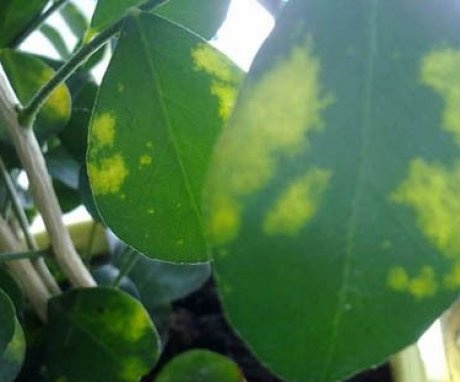
The flower is beautiful, but I cannot say that it is unpretentious, you need to take care of it like any flowering plant. A friend tried to root the stalk several times, but this was not the first time.
It's a very beautiful flower and, judging by the description, it smells nice and I think it's not harsh, only now I have big doubts about its flowering in the hands of a beginner who is just starting to deal with flowers.